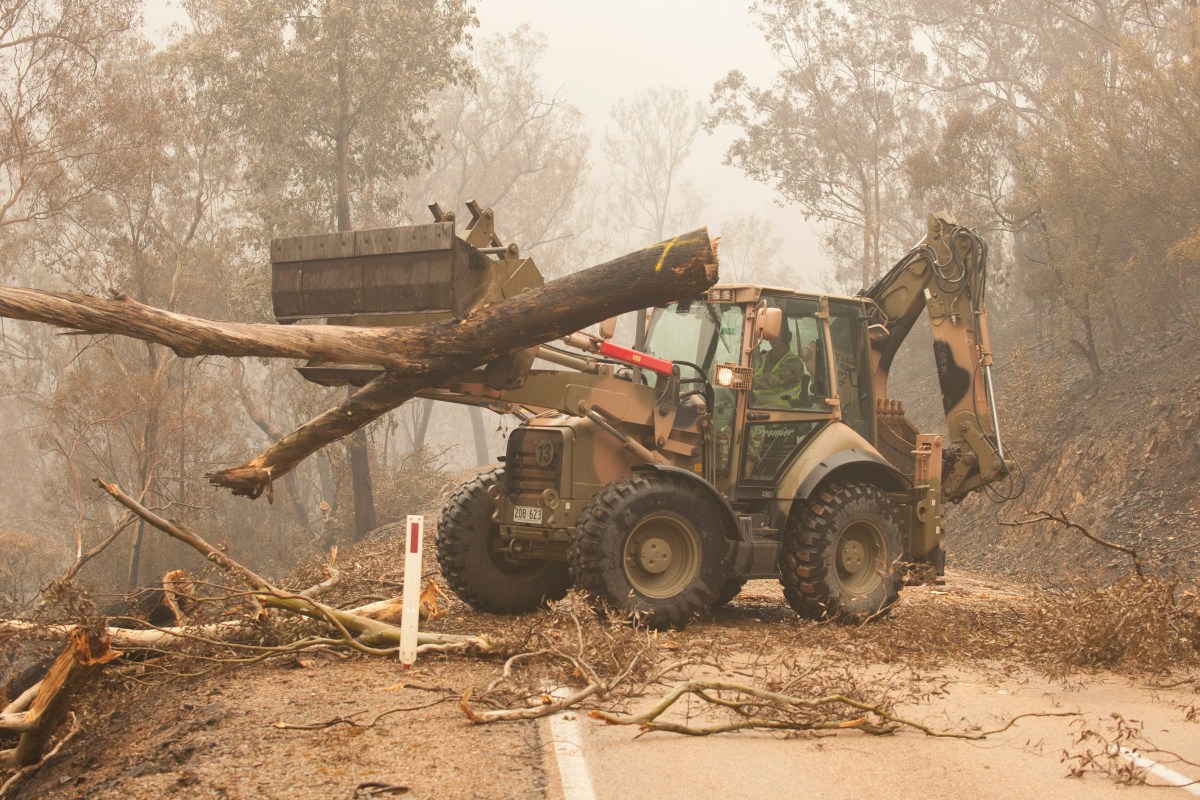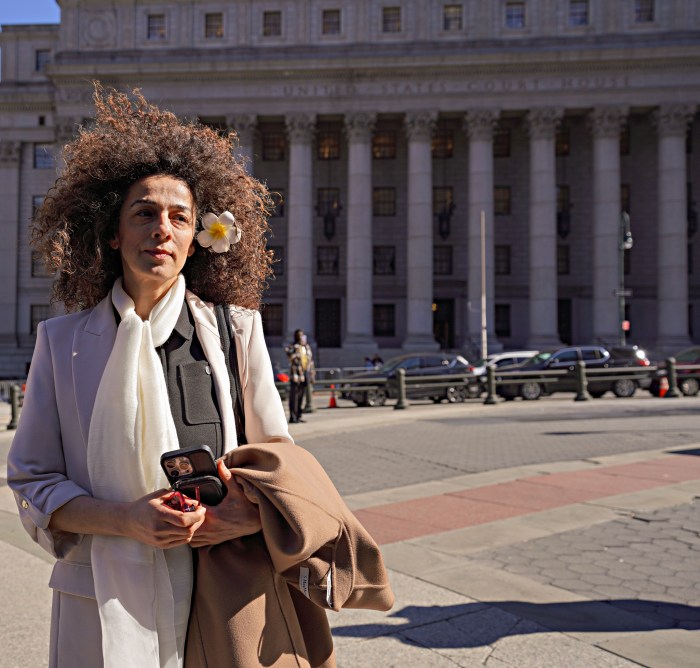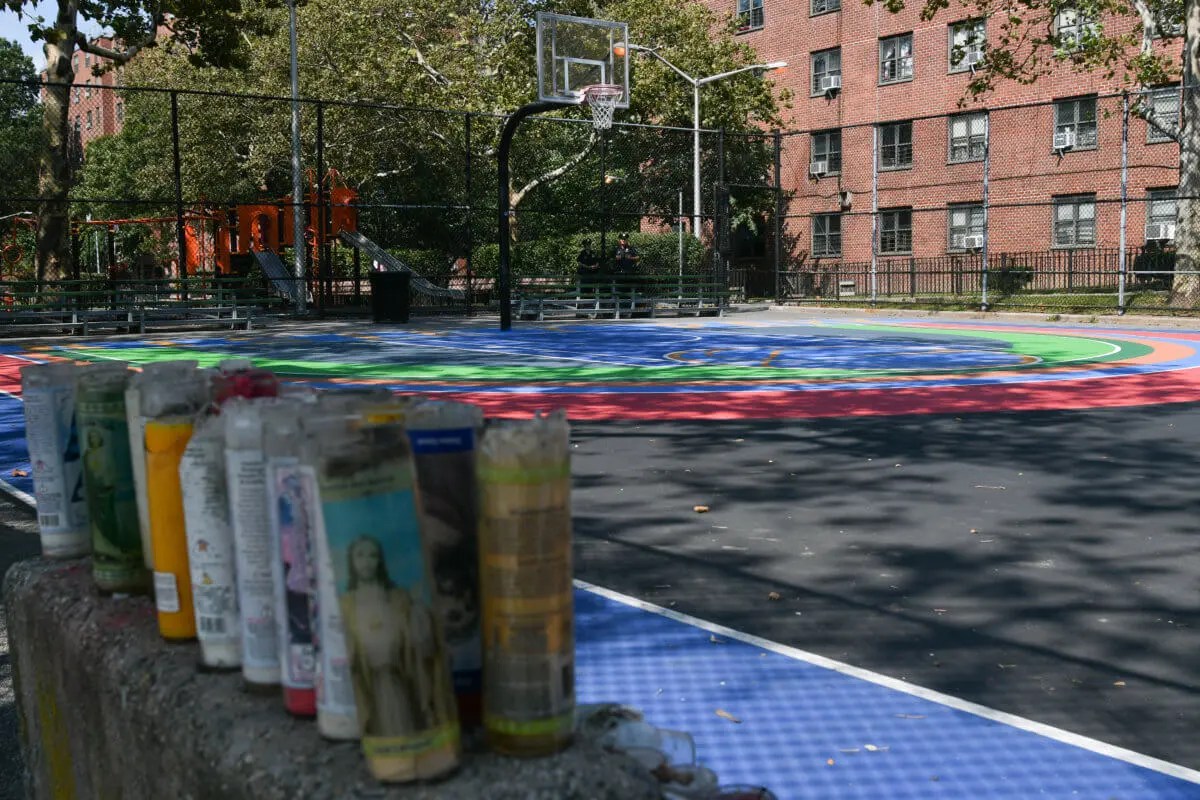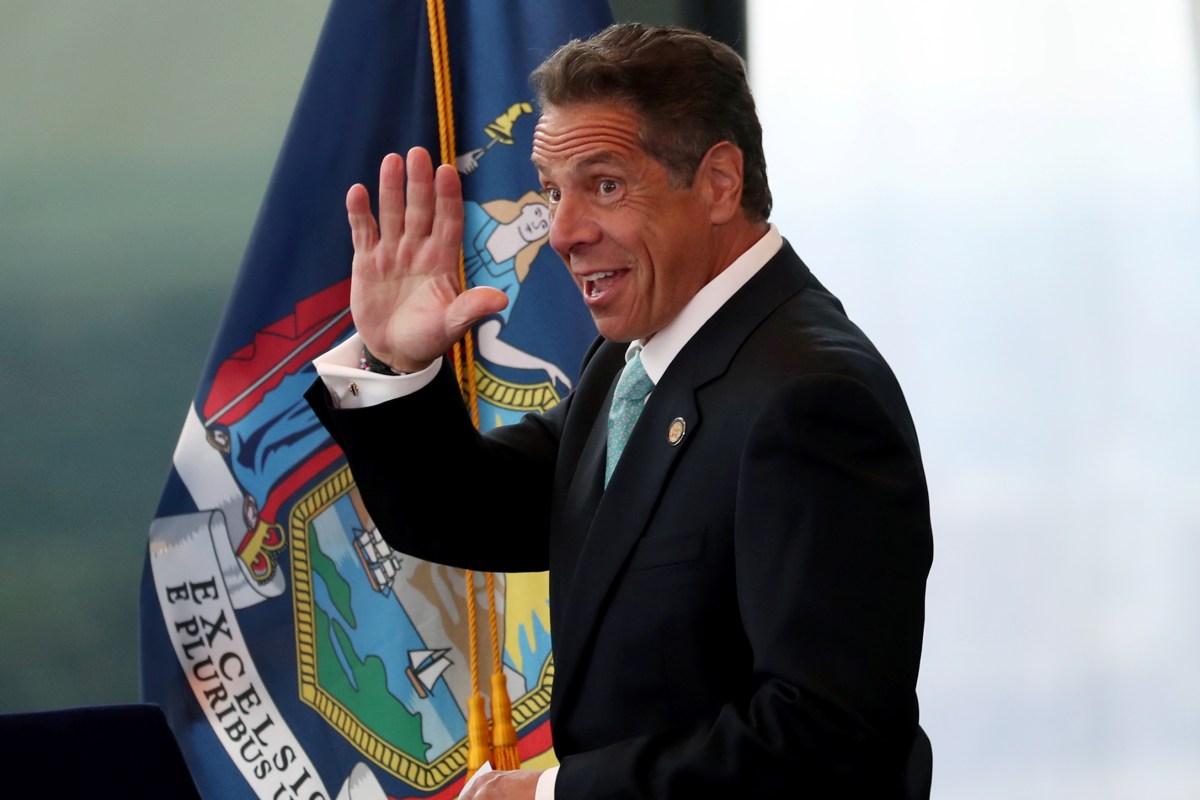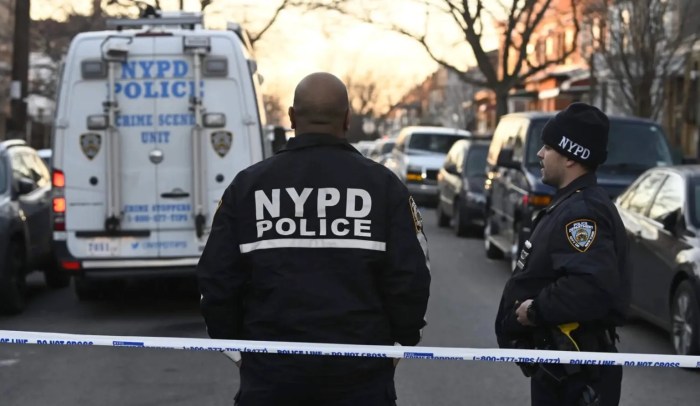BY NICK PERRY and KRISTEN GELINEAU
Bolstered by cooler weather and desperately needed rain, exhausted firefighters in Australia raced to shore up defenses against deadly wildfires before the blazes flare again within days when scorching temperatures are expected to return.
The first hints of the financial toll from the disaster began to emerge on Tuesday. The Insurance Council of Australia said the estimated damage bill had doubled in two days, with insurance claims reaching 700 million Australian dollars ($485 million U.S.).
That estimate comes one day after Prime Minister Scott Morrison said the government was committing an extra 2 billion Australian dollars ($1.4 billion U.S.) toward the recovery effort in addition to the tens of millions of dollars that have already been promised. Morrison’s funding announcement came amid fierce criticism from many Australians who say he has been too slow to respond to the crisis. He has also faced backlash for downplaying the need for his government to address climate change, which experts say helps supercharge the blazes.
The fires, fueled by drought and the country’s hottest and driest year on record, have been raging since September, months earlier than is typical for Australia’s annual wildfire season. So far, the blazes have killed 25 people, destroyed 2,000 homes and scorched an area twice the size of the U.S. state of Maryland. Three people in New South Wales state who were reported missing earlier Tuesday were later found, police said.
Across New South Wales, 130 fires were still burning on Tuesday, around 50 of which were uncontrolled. The day’s cooler, rainier weather was providing thousands of weary firefighters a “psychological and emotional” reprieve as they scrambled to strengthen containment lines around the blazes before temperatures rise again, said Shane Fitzsimmons, commissioner of the New South Wales Rural Fire Service.
“It really is about shoring up protection to limit the damage potential and the outbreak of these fires over the coming days,” he told the Australian Broadcasting Corp.
The rain was not heavy enough to extinguish the blazes. Victoria state Emergency Services Minister Lisa Neville said on Monday at least 200 millimeters (8 inches) of rain would need to fall in a short time to snuff out the fires — around 20 times what has fallen across the region in the past day. And officials warned that Australia’s wildfire season — which generally lasts through March — was nowhere near its end.
The rain was also complicating firefighters’ attempts to strategically backburn certain areas, and was making the ground slippery for fire trucks.
Anxious, weary and frustrated after living through months of fires already, many Australians have focused their fury on the prime minister, whose response to the crisis has been roundly criticized as lax, and at times, dismissive. Morrison faced particularly fierce backlash for taking a family vacation to Hawaii in the midst of the disaster.
Helena Wong and her partner Justin Kam, who lost their home when fires swept through the town of Balmoral south of Sydney last month, were frustrated with what they say has been a slow, uncoordinated response to the fires and a lack of preparedness by the government.
“Disaster plans should have been put in place ahead of time, not after the fact when everybody’s in a state of emergency and everybody’s scrambling,” Wong said. “Communication could be better. We are told different things by different people. … We are a fire-prone country. Things should have been put in place.”
Thousands of army, navy and air force reservists were being dispatched to battle the fires. On Tuesday, rescue crews were still trying to reach some affected communities. A navy ship was sent to rescue stranded residents of Mallacoota, a coastal town in Victoria cut off for days by fires that forced around 4,000 people to shelter on beaches over the weekend. Heavy smoke squandered the navy’s efforts to airlift people out on Monday.
Around 200 of the 340 residents still waiting to be evacuated from the town had signed up to board the navy ship on Tuesday, said Andrew Crisp, Victoria’s Emergency Management Commissioner. The rest were hoping to be rescued by military helicopter.
The fires have exacted a grisly toll on the country’s wildlife, with carcasses of kangaroos littering the sides of roadways. Hundreds of millions of wild animals are believed to have been killed in the blazes, along with thousands of livestock.
“Those who are working with wildlife, those who are having to go through that incredibly painful process of having to put down stock … my heart — as someone who grew up in regional Victoria — I could only think how challenging it would be for my family to have to destroy stock,” Victoria state Premier Daniel Andrews said. “I can barely imagine how the grief, the toll, that would take on you.”



